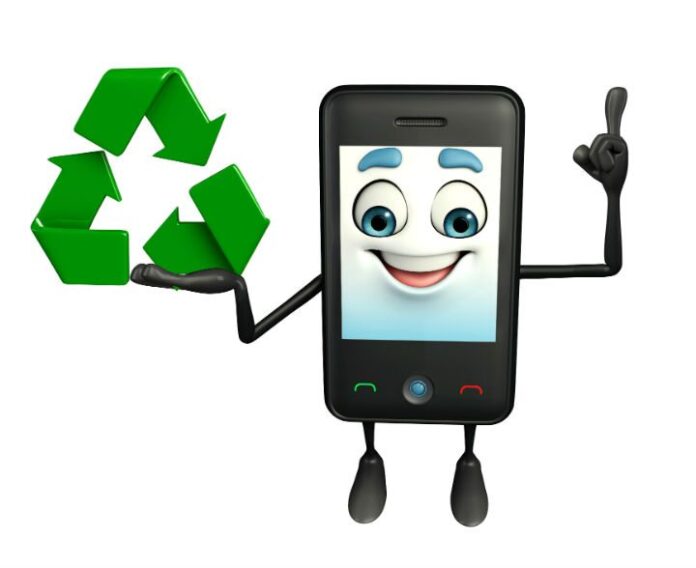It’s easier than ever for consumers to regularly have the latest and greatest mobile device, thanks to continued price decreases and special carrier programs. This leads to happy consumers, carriers, manufacturers – and yes, happy distributors, too. But it also can lead to overflowing household junk drawers and worse – overflowing landfills.
This begs the question: Why do consumers hang on to or improperly dispose of so many used devices? Also, how can the mobile industry help alter this behavior? Finding the answers to these questions was the premise for Ingram Micro Mobility’s recent “Recycling Mobile Devices: A Consumer Awareness Study.”
Decreasing recycling fears
The study found that half of U.S. adults are uncertain about properly disposing of used electronic devices. This is significant because, again, that’s a lot of overflow in the proverbial junk drawer. What’s even more interesting is why device recycling is avoided. According to the study, data privacy and identity theft are consumers’ main concerns, followed by a lack of knowledge on where to return the devices. Although “millennials” were less concerned with data theft, two-thirds of adults ages 45-54 said this is a major barrier.
The best way to put consumers’ minds at ease about security concerns and identity theft is to reset the device to its original factory settings to clear all personal information. And consumers’ ability to physically do it themselves can provide further assurance that their data is safely removed.
But not all devices make it simple to wipe them, which is why manufacturers should update their devices to make the option easier for consumers to find and use. Carriers should also help consumers through the process to provide the comfort and assurance they need. And lastly, the industry as a whole could better publicize this option to reduce fears and encourage recycling. Even posting the instructions on various online channels can be effective.
Understanding the value of refurbished devices
Some consumers aren’t interested in purchasing used devices, such as smartphones, tablets or wearables. In fact, 64% of consumers said they will be unlikely to purchase a certified-used electronic device as opposed to a new product, according to the Ingram Micro Mobility study. With new versions of the hottest devices coming out annually and at more affordable rates, and carrier programs that make getting the latest versions even more financially attainable at nearly the same pace, that isn’t a big surprise.
What does come as a surprise to most consumers though, is how the older, discarded devices can have useful second lives. For one, carriers can repurpose them for insurance programs to provide customers with an adequate backup while their own phone is being repaired, or they can also be sold to emerging markets at a reasonable price.
Encouraging recycling
Consumers’ motivation for turning in old electronic devices is both altruistic and self-interested. According to the study, nearly two-thirds of U.S. consumers would be more inclined to turn in older models if they knew the devices would go to people in need. However, consumers also indicated that free upgrades, device discounts and cash or store gift cards would also be motivators for handing in used devices to be recycled.
Carrier plans that require consumers to turn in their older phone in order to receive the latest model have been in full swing for a while. Programs like these help eliminate electronic waste while creating a profit center for carriers to ship the older devices to a distributor for recycling or distribution overseas. These programs also allow consumers to receive a new device sooner without having to pay full retail cost.
For devices not tied to a carrier program, consumers can take advantage of a number of buyback websites. An online search can also pinpoint the best time to sell devices to get top dollar – usually before a new device version is launched. Additionally, there are programs for turning in older devices to benefit those in need in developing countries or even to U.S. soldiers via the Cell Phones for Soldiers program. This option allows consumers to help a good cause, while clearing out the junk drawer.
Getting consumers in the habit of turning in used devices – like forming any good habit – will require time to take hold. But, the more education carriers and electronic device retailers can provide to consumers as to what’s involved, the safety of their personal information and the incentives available, the faster and easier the habit will form. And, the sooner it does, the better off the mobile industry, consumers, landfills and junk drawers will be.
Editor’s Note: The RCR Wireless News Reality Check section is where C-level executives and advisory firms from across the mobile industry share unique insights and experiences.

